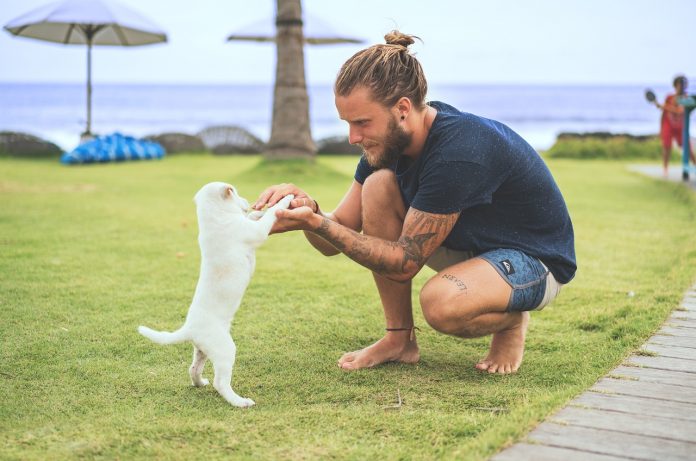

Recently, I have had conversations with clients about the importance of pet identification. In one case, the client had lost their cat for three months years earlier. Ultimately, the cat came home fat and happy, but a microchip led to that reunion. In the second case, a pet adopted a year earlier had supposedly been scanned by the adoption agency. Both my clinic scanners easily read an unknown microchip in this dog. The pet owner is deciding what she wants to do to follow through. It is her dog now, but this may give us access to important medical records in an older pet.
Many years ago, I remember a veterinarian in the United States saying one of the most important advancements in animal care was the new microchip technology to identify pets. Nothing is more devastating to an owner than losing a loved pet and the consequences to the lost pet, especially if it is injured, could be grave. Humane societies, animal control units, and veterinarians will do what they can to treat and alleviate suffering in a lost and injured animal. Unfortunately, decisions with injured pets might be made contrary to an owner’s wishes.
Two years ago, on a Saturday afternoon my husband and I returned from shopping. As I pulled into the garage, a local veterinary emergency clinic called asking if I owned a Papillion. I discovered in the conversation not only did they have my Papillion, they had her sidekick our Labrador retriever as well. Our teenage sons had left the front door open and were hanging out in the backyard as the dogs went out the front. Good Samaritans had picked them up and turned them in to an open veterinary clinic, and their microchips had them home within an hour. Even the most conscientious owners in the world can have accidents happen. The horror of what might have happened also taught both my sons an important lesson.
Most cities have a tattoo system incorporated in their spay and neuter programs (Alberta cities do). A person who finds a lost animal can phone a local clinic and give the numbers and letters in the ear. A master sheet that can trace the pet to the specific clinic that spayed or neutered the pet and from there to the owner. Calgary Herald once carried a story of a woman reunited after years with her Pug that was stolen through the tattoo in his ear. Again, the system relies on a readable tattoo and up to date records. Occasionally a pet is returned to a home down the street by the finder who calls and gives the tattoo over the phone to someone and the pet never enters a clinic or other facility.
Dog licenses and personalized tags are great, but collars can be lost, and collars can be dangerous on cats running at large. The city of Calgary cat licenses requires cats to be kept indoors and identified by a tattoo or microchip. However, not everyone keeps their cats strictly indoors, and accidents happen when a cat or dog slips out.
Microchips are injected easily under the skin between an animal’s shoulder blades. The chip is permanent and is read like a bar code in the store. Every veterinary clinic or animal shelter should be able to read the chips. This means your pet can be traced to you twenty-four hours a day if information at the database is current. Databases can include alternate contacts if you are on holidays as well as medical records.
Reuniting you and your pet no matter what type of identification or combination of identification you use is paramount to everyone’s benefit and peace of mind.








